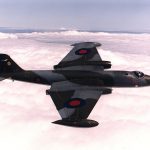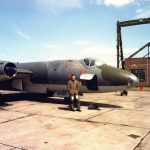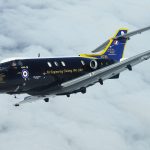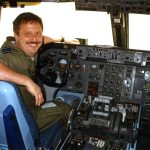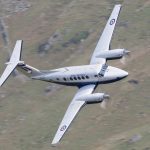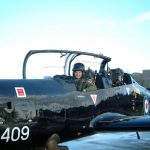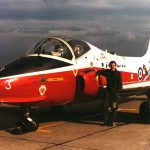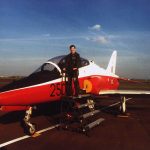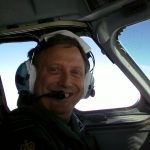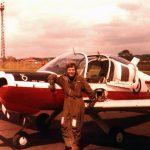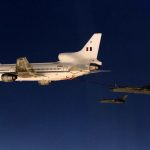IRT Debrief Digest – Capt Steve Oddy – September 2023
Stalling – Symptoms.
Applicants are briefed by the examiner to recover at the first sign of the stall. The only reliable, consistent indicators of the approaching stall are the stall warner or light buffet. Modern EFIS often have a ‘low speed awareness’ indication whereby the speed tape changes colour to red. Unless this system is driven by angle of attack (which it is not in the G1000) then it does not provide a consistent, reliable indication of the approaching stall and recoveries should not be initiated when it shows.
Stalling – Recovery.
Some applicants are maintaining attitude and relying on power to recover; this is incorrect as it is effective only if the stall was entered from a level or nose down attitude.
The standard and only way to consistently recover from a stall or from an approaching stall is to reduce the angle of attack and so there must always be some forward movement of the stick to achieve this and to stop the buffet or warner; the amount of forward movement will vary considerably depending on the depth of the stall and on the initial attitude of the aeroplane.
Once the symptoms of the approaching stall have been removed, the new attitude can initially be maintained and then the aircraft can almost immediately be transitioned into a climb. There is no need to hold the nose down to get a ‘safe speed’ before climbing and cleaning up.
Some applicants allow the speed to increase to in excess of 20 kts above the stalling speed and this results in either height loss or a failure to climb. Given that the final approach stall is simulating a situation that could happen at, say, 300 ft agl, a more positive climb entry should be encouraged; an initial target of being established in the climb by Vx (76 kts in a Seneca II, 83 kts in a Seneca V) to give best terrain clearance would not be unreasonable with an acceleration to Vy occurring in the climb as the services are retracted. The fact that a Seneca will climb at around 1000 ft/min at 60 kts with gear down and 40° flap comes as a surprise to many.
Some applicants have used aileron incorrectly when recovering from a stall in the base turn. Use of aileron should be delayed until there are no symptoms of the stall in order to minimise the risk of autorotation; thus, the wings should be rolled level immediately after the buffet or stall warning has ceased.
Climbing and Descending.
No one is having trouble with climbing and descending on limited panel although heading control is sometimes weak. Some applicants are going for a Vy climb which is not necessary when only changing levels by 500 or 1000 ft and which makes levelling off an unnecessarily challenging exercise.
Limited Panel Unusual Attitudes.
General. Some applicants may have undergone UPRT before their IRT. UPRT recovery techniques are not appropriate to recovering a twin-piston aeroplane from an unusual attitude because they do not emphasise minimum height loss techniques. Examiners will emphasise that all UA recoveries should be carried out with minimum height loss (or gain if climbing). We have seen applicants in nose-high UAs pitching before rolling; this is dangerous and can lead to a descending outside turn. The only time pitch should come before roll is if symptoms of the stall, buffet or stall warning, are present, and then only sufficient to unstall the wing. Applicants aren’t relating control forces required to maintain level flight after recovery to the aircraft’s speed – ie if you’re still doing 140 kts on recovery then you’ll need to push to hold level until the speed decays to 120 kts. Trimming during a UA that was entered from trimmed S & L flight is probably unhelpful. Occasionally applicants attempt the level the aeroplane at a round thousand or five hundred on the altimeter; this is contrary to the briefing to level at the ‘first instance of straight and level flight’ and could be a fail point if it has involved changing a descending UA into a climb or vice versa.
Turn Coordinator. There is much ignorance on the capabilities and limitations of the turn co-ordinator. Applicants often roll to wings level on the TC and then pitch. At this stage the aircraft will probably still have around 30° of bank. They must roll to about Rate 1 past wings level indications to really get the wings level.
Standby Attitude Indicator. In aircraft fitted with a standby attitude indicator, UA recoveries are more straightforward. However, whilst rolling and pitching can be mixed, aircraft rolling ‘g’ limits must be observed. During nose-high UAs it is acceptable to leave bank on (or even apply bank) to assist in bringing the nose to the horizon without having to use excessive negative ‘g’.

